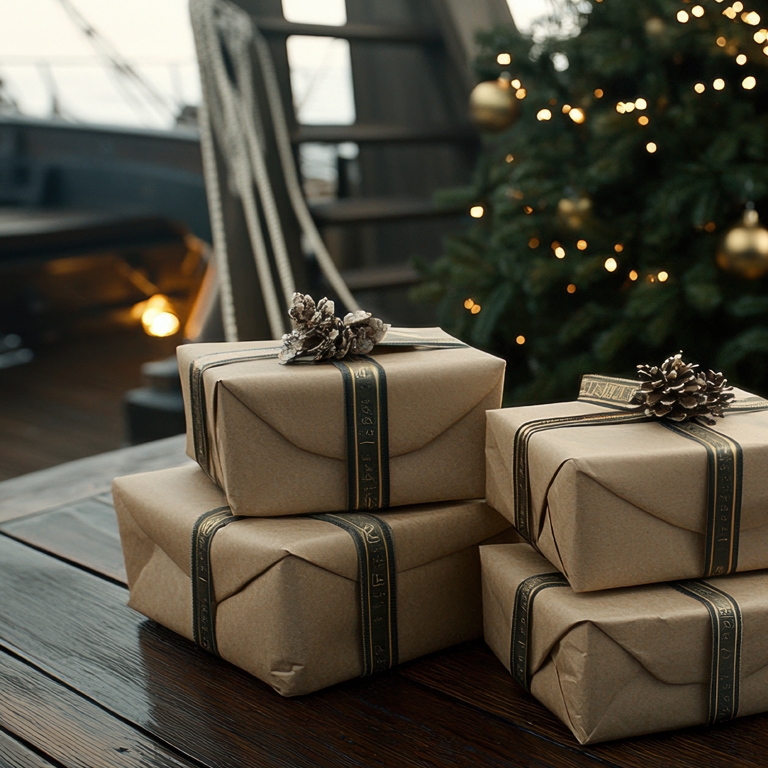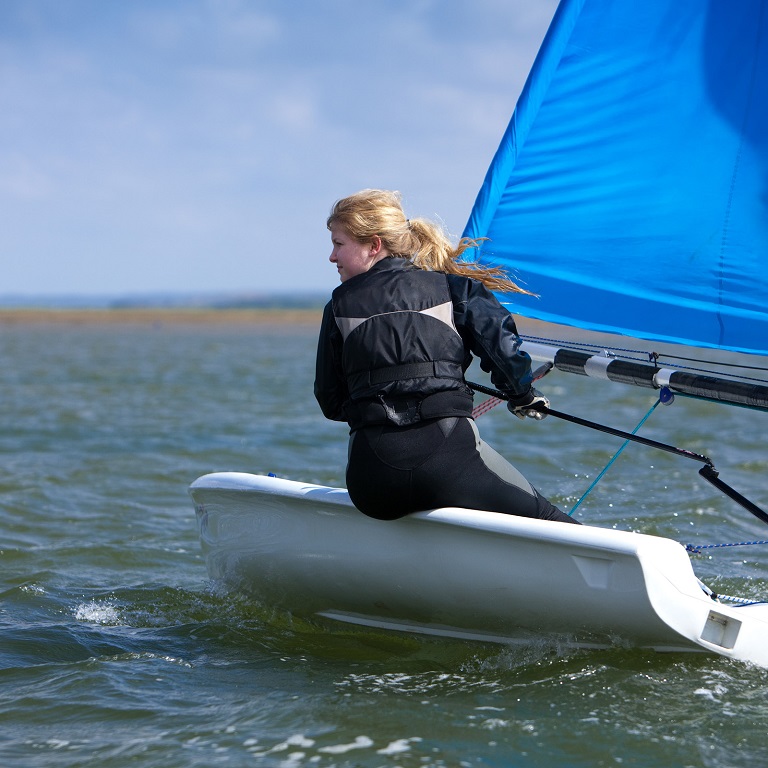Choosing the right anchor for your boat is crucial for ensuring safety and stability when out on the water. The perfect anchor will depend on various factors, including the type of boat, the seabed conditions, and the expected weather.
Whether you're a seasoned sailor or an avid boater, you know the essential role that anchors play in your maritime adventures. Boat anchors are more than just heavy metal objects; they are your reliable companions that ensure stability, security, and peace of mind while you navigate open waters.
Here’s a guide to help you find the ideal anchor for your boating needs. We’ll cover various types, their applications, and tips for making an informed purchase.
Understanding anchor types and anchor design
- Fluke - or ‘Danforth’ lightweight anchors are ideal for sandy or muddy seabeds. They have high holding power in soft conditions but are less effective in rocky or weedy areas.
- Plough anchors - also known as Plow or CQR, are known for their versatility. They work well in various seabeds, including sand, soft mud, and gravel. A plough anchor is self-righting and reliable but can be bulky and hard to store.
- Claw - also known by its trademark name ‘Bruce’ is excellent for rocky or weedy conditions. Claw anchors provide strong holding power and are dependable in diverse environments.
- Mushroom - best for permanent moorings in soft seabeds, mushroom anchors have high holding power once buried but are unsuitable for quick anchoring.
- Grapnel - typically used for small boats such as kayaks, dinghies, and canoes and are also favoured by fishermen. Because of their folding design, these anchors are compact and easy to stow. Their holding power relies on hooking onto an object like a rock. When securely hooked, a grapnel anchor can provide substantial holding power. But this can also make them difficult to retrieve.
- Rocna / Spade - spade anchors are best for sandy or clay seabeds, or seabeds covered in algae, weed or gravel. Designed to land the right way up, their edge cuts through the algae and hard into the seabed beneath. This means they turn with the tide or wind, and can withstand high loads.
Critical considerations for choosing an anchor
Boat size and weight
The anchor must be proportional to your boat’s size and weight. Larger boats require larger, heavier anchors to ensure they stay in place.
Seabed composition
Understanding the type of seabed you’ll be anchoring in will help you select the appropriate anchor type. For instance, fluke anchors are great for sandy bottoms, while claw anchors perform well in rocky conditions.
Weather conditions
Anticipate the weather conditions you may encounter. A heavier anchor with more holding power is necessary in areas with strong currents or high winds.
Anchor storage
Consider where and how you will store the anchor on your boat. Some anchors are bulkier and may require more storage space.
Ease of use
Some anchors are easier to deploy and retrieve than others. Ensure that your anchor is user-friendly, especially if you often anchor alone.
Tips for effective anchoring
- Scope Ratio - use a proper scope ratio (the length of the anchor line relative to the depth of the water). A 7:1 ratio is standard for good holding.
- Setting the anchor - once you’ve chosen your spot, lower the anchor slowly to avoid tangling. Let out the anchor line gradually and back up the boat to set the anchor.
- Checking hold - after setting the anchor, ensure it has a good hold by observing reference points on shore to see if the boat drifts.
- Regular inspection - regularly inspect your anchor, chain, and rode for wear and tear. Replace any worn parts to maintain reliability.
- Anchor retrieval - retrieve the anchor slowly to avoid damaging it or the boat. Clean the anchor before stowing it to prevent corrosion and damage to the boat’s storage area.
Summary
Choosing the perfect anchor is an investment in your boating safety and peace of mind. By understanding the different types of anchors and considering factors such as your boat’s size, the seabed, and weather conditions, you can make an informed decision. Proper anchoring techniques and regular maintenance ensure that your anchor performs optimally, keeping you secure and enjoying your time on the water without worries.


